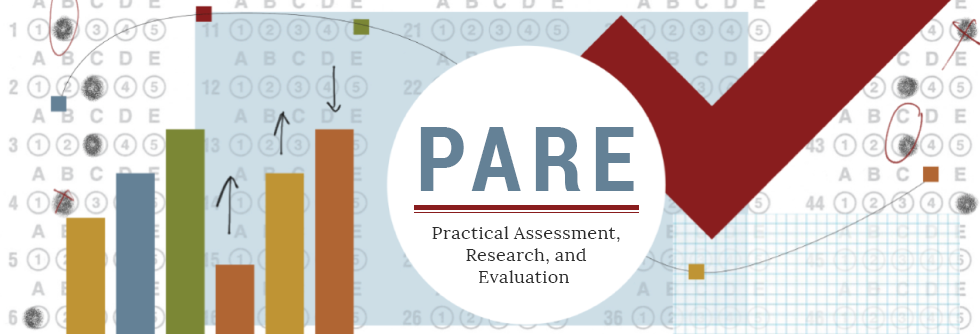Causal Inference Methods for selection on observed and unobserved factors: Propensity Score Matching, Heckit Models, and Instrumental Variable Estimation
DOI
https://doi.org/10.7275/7tgr-xt91
Abstract
Two approaches to causal inference in the presence of non-random assignment are presented: The Propensity Score approach which pseudo-randomizes by balancing groups on observed propensity to be in treatment, and the Endogenous Treatment Effects approach which utilizes systems of equations to explicitly model selection into treatment. The three methods based on these approaches that are compared in this study are Heckit models, Propensity Score Matching, and Instrumental Variable models. A simulation is presented to demonstrate these models under different specifications of selection observables, selection unobservables, and outcome unobservables in terms of bias in average treatment effect estimates and size of standard errors. Results show that in most cases Heckit models produce the least bias and highest standard errors in average treatment effect estimates. Propensity Score Matching produces the least bias when selection observables are mildly correlated with selection unobservables and outcome unobservables with outcome and selection unobservables being uncorrelated. Instrumental Variable Estimation produces the least bias in two cases: (1) when selection unobservables are correlated with both selection observables and outcome unobservables, while selection observables are unrelated to outcome unobservables; (2) when there are no relations between selection observables, selection unobservables, and outcome unobservables. Accessed 631 times on https://pareonline.net from April 23, 2019 to December 31, 2019. For downloads from January 1, 2020 forward, please click on the PlumX Metrics link to the right.
Creative Commons License

This work is licensed under a Creative Commons Attribution-NonCommercial-No Derivative Works 4.0 International License.
Recommended Citation
Scott, Paul Wesley
(2019)
"Causal Inference Methods for selection on observed and unobserved factors: Propensity Score Matching, Heckit Models, and Instrumental Variable Estimation,"
Practical Assessment, Research, and Evaluation: Vol. 24, Article 3.
DOI: https://doi.org/10.7275/7tgr-xt91
Available at:
https://scholarworks.umass.edu/pare/vol24/iss1/3
